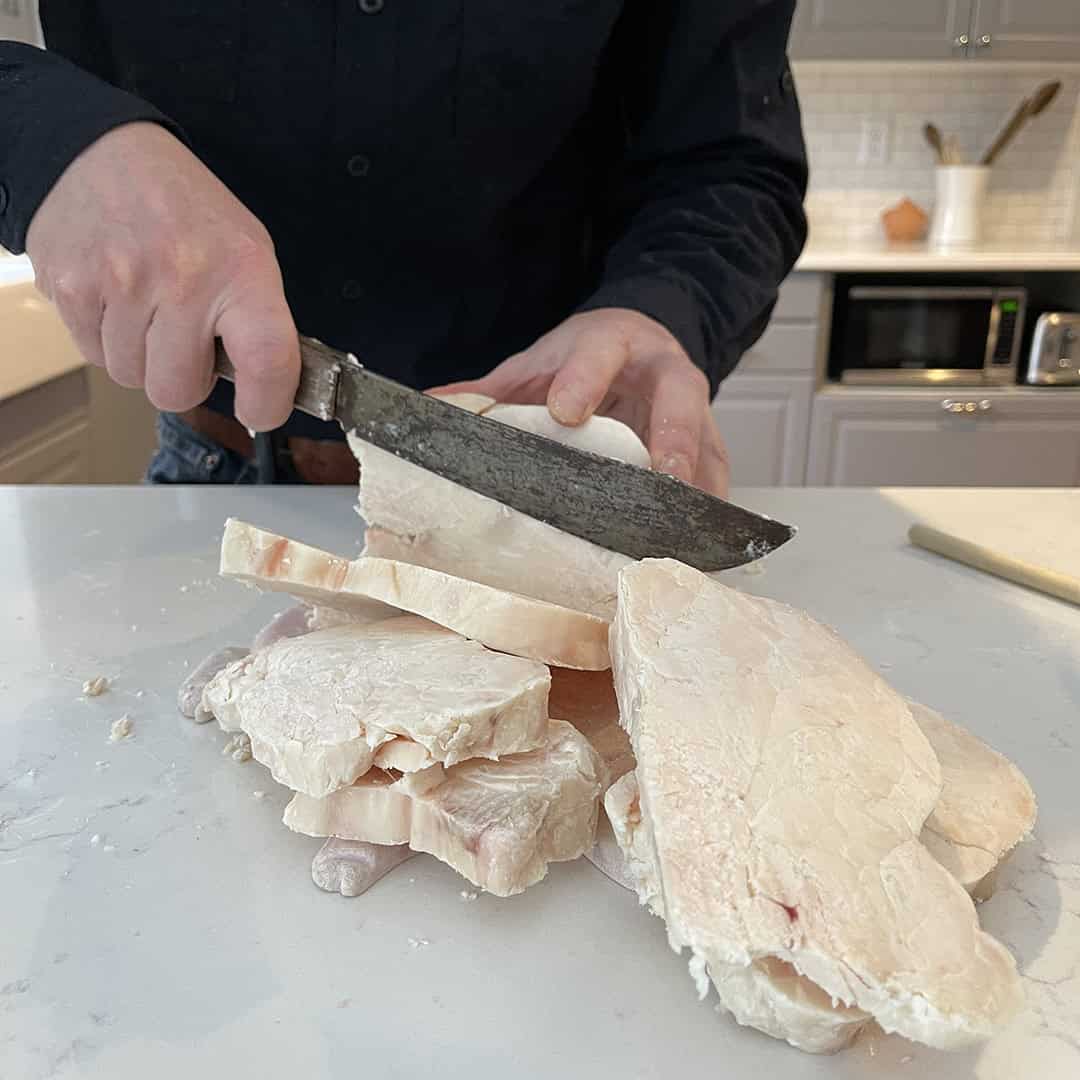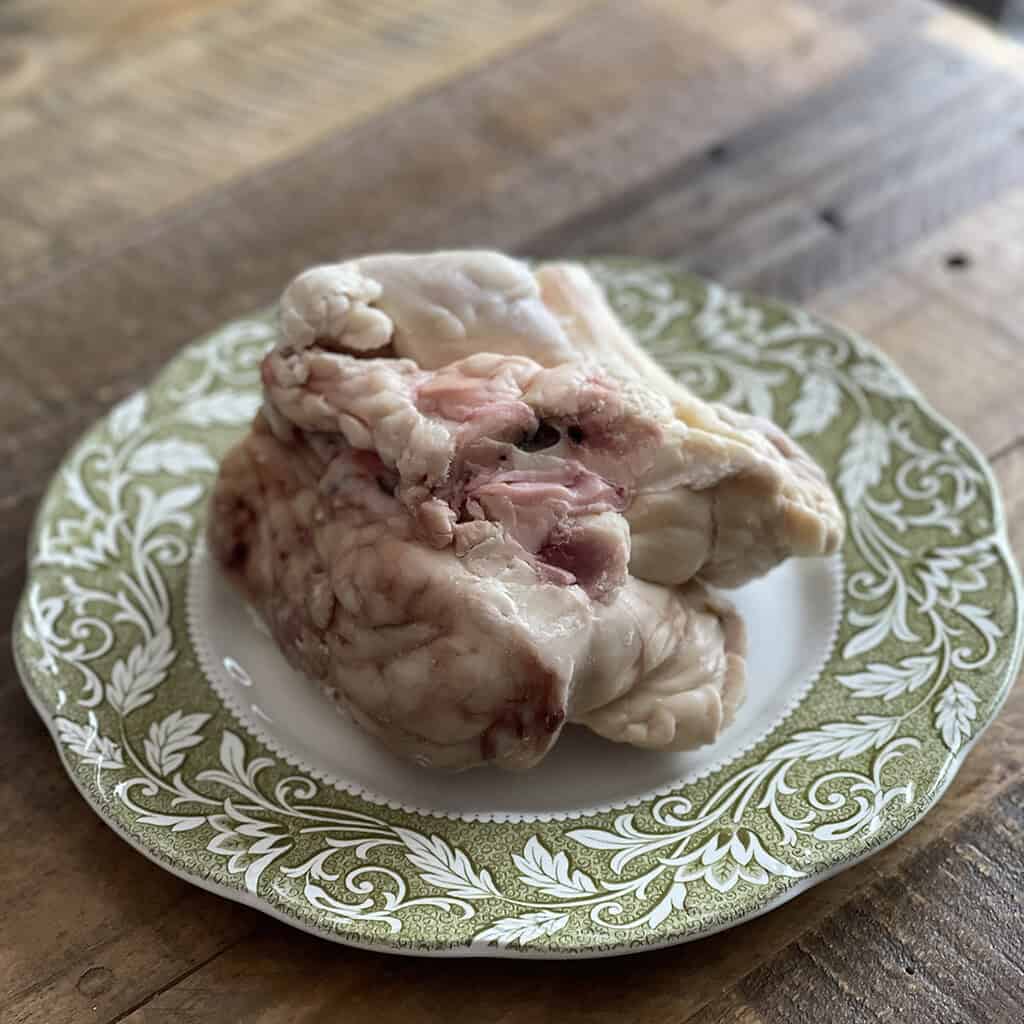
Tallow, the rendered fat of animals, has a rich history of use for various purposes. In this comprehensive tutorial, we'll explore the process of how to make tallow in your home kitchen and delve into the many practical applications of this versatile substance. From tallow lotion to contemporary culinary creations, tallow has much to offer.
Sourcing Quality Grass-Fed Fat
Before you embark on your tallow-rendering journey, it's crucial to source quality grass-fed fat. Unlike standard grocery stores, you'll need to head to a butcher or look online for the specific fat you're seeking, known as suet or leaf fat. Suet refers to the large fat deposits around the kidneys of cows, while leaf fat is commonly found in buffalo and bone marrow tallow offers yet another unique variation.
Opt for nutrient-dense fat from grass-fed animals as it provides superior quality. Local direct-to-consumer farms or online suppliers like Sevensons.net (a grass-fed farm in Indiana) are excellent sources. If you prefer convenience, already-rendered grass-fed tallow can also be purchased online. This pre-rendered tallow can skip the initial rendering stage.
How to Make Tallow: The Process
In its natural state, suet contains water and various impurities such as veins, ligaments, meat fragments, and connective tissues, all of which reduce its shelf life. The goal of rendering is to extract the pure fat by heating the suet, allowing it to separate from these impurities. The result is a creamy-colored substance known as tallow.
In your home kitchen, you have two primary methods for rendering tallow: the Stove Top Method and the Oven Method. Both methods require chopping the suet into approximately 1-inch cubes to expedite the rendering process.
Rendering Tallow: Stove Top Method
The Stove Top Method is the quicker method when learning how to make tallow but requires constant attention for about an hour, posing a higher risk of overheating. View the photo slideshow below to see pictures of each step.
- Place chopped suet into a large pot.
- Set the stove to medium-high heat.
- Attach a cooking/candy thermometer to monitor the fat's temperature (around 250-degrees Fahrenheit is ideal).
- Stir continuously initially while the pot is coated with melting fat.
- As the fat melts and reaches 250-degrees Fahrenheit, it will boil and bubble.
- Stir the pot every 5-8 minutes while monitoring the temperature.
- Notice the impurities like ligaments and veins separating from the fat.
- Toward the end, the meaty bits will fry and darken.
- After an hour, turn off the heat and let the fat cool slightly but not solidify.
- Pour through a strainer lined with a paper towel or cheesecloth to remove impurities.
- The result is pure rendered tallow, similar in consistency to butter, which can be stored at room temperature for months.
Rendering Tallow: Oven Method
The Oven Method is more foolproof for how to make tallow but takes several hours without the need for constant supervision. View the photo slideshow below for pictures of the Oven Method Process.

- Place chopped suet in a covered oven-safe dish, preferably glass.
- Preheat the oven to 250-degrees Fahrenheit and place the fat inside.
- Allow the fat to melt for 5-10 hours, checking for progress periodically.
- When progress slows significantly, remove the pan from the oven.
- Let the hot fat cool for a while but not solidify.
- Pour the mixture through a strainer lined with a paper towel or cheesecloth into a bowl.
- Press the fatty chunks with a wooden spoon to extract as much melted fat as possible.
- The result is golden-yellow melted fat, ready for immediate use in pemmican or for later use.
Uses for Rendered Tallow
Now that you have successfully learned how to make tallow, let's explore its versatile applications:
Pemmican:
To make pemmican, combine dried meat (such as lean beef or bison), dried berries (like blueberries or cranberries), and rendered tallow in a ratio of approximately 1:1:1. Adjust the proportions based on your preference.
Grind the dried meat into a fine powder or small chunks.Title: How to Make Tallow from Beef Fat: A Guide to Homemade Tallow Production and Its Versatile Uses
Sourced From: willowhavenoutdoor.com/how-to-make-tallow/?utm_source=rss&utm_medium=rss&utm_campaign=how-to-make-tallow
Published Date: Sat, 25 Nov 2023 17:20:30 +0000

